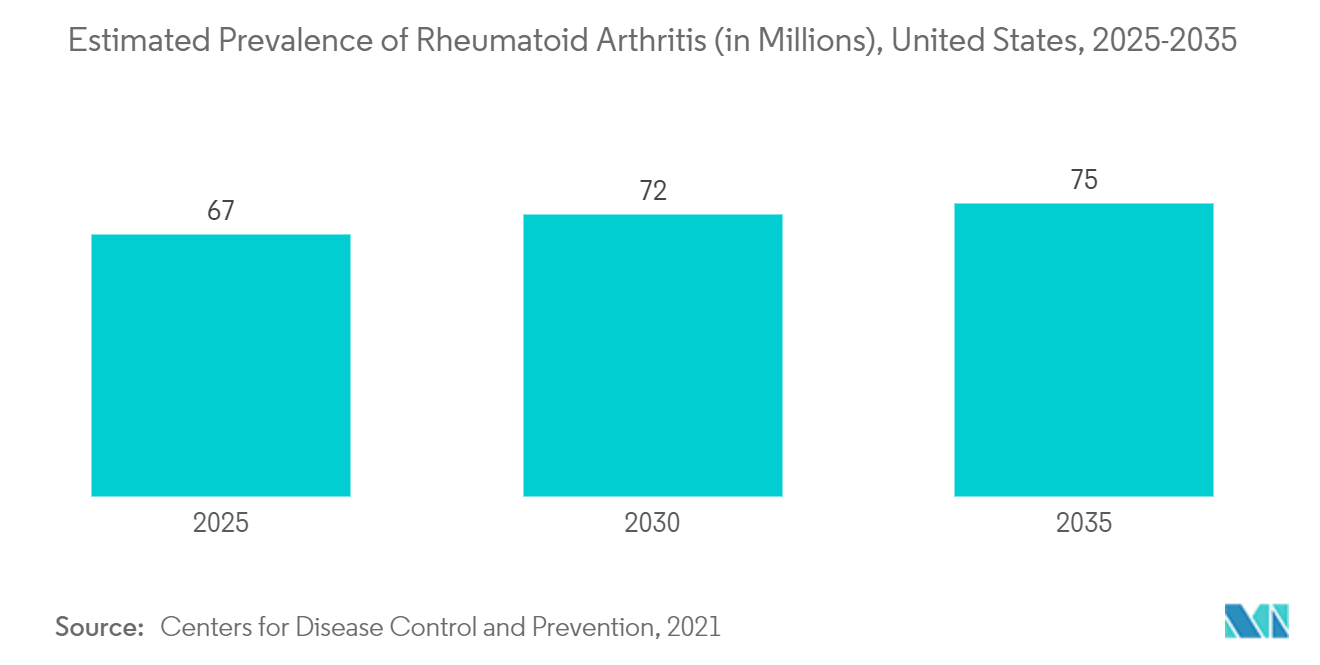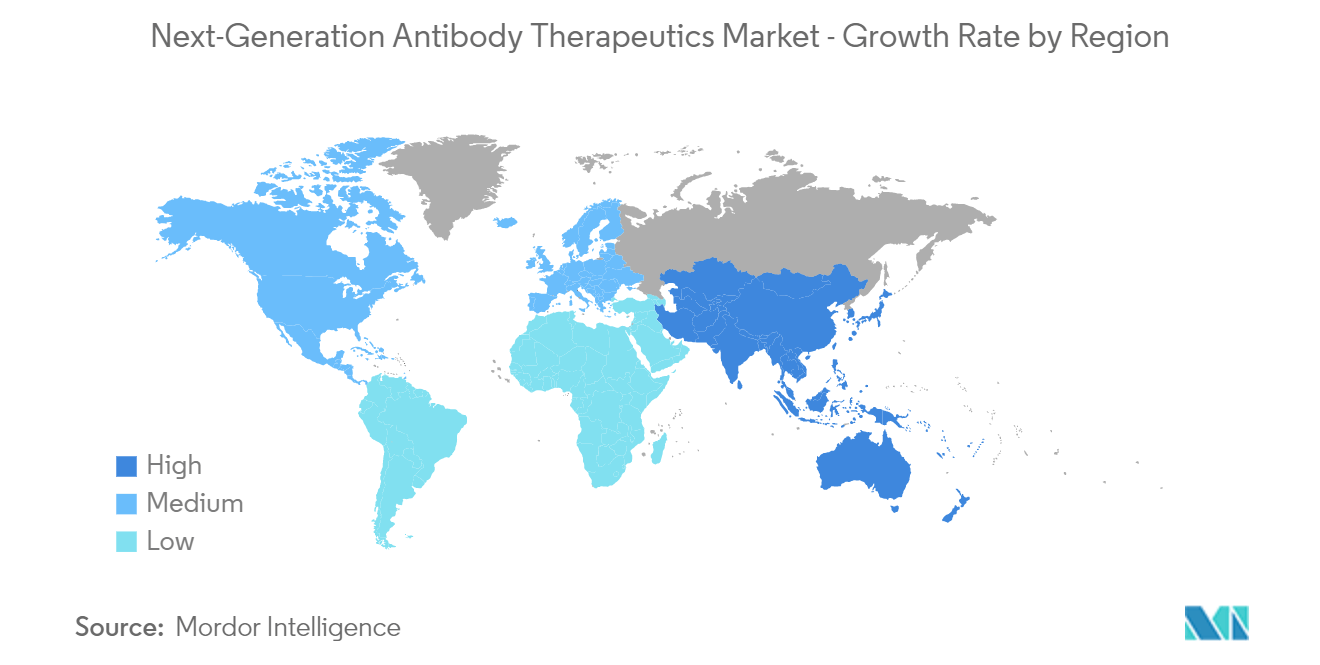Market Trends of Next-Generation Antibody Therapeutics Industry
This section covers the major market trends shaping the Next-Generation Antibody Therapeutics Market according to our research experts:
Antibody-Drug Conjugates Segment is Expected to Hold the Largest Market Share in the Next-Generation Antibody Therapeutics Market
Antibody-Drug Conjugates (ADC) are a significant advancement in next-generation antibody therapeutics because ADC technology combines the cytotoxic potential of chemotherapy with the advantageous properties of antibodies, resulting in ADCs with high specificity and efficiency.Next-generation antibody therapies for the treatment of cancer are mostly manufactured using ADC technology. ADCs are manufactured by linking an anti-cancer drug or another therapeutic substance to an antibody or antibody fragment. For instance, according to research published in June 2021 in The Oncologist, sacituzumab govitecan, an antibody-drug conjugate composed of a humanized anti-Trop-2 antibody conjugated to SN38, proved to be an effective and generally well-tolerated agent that represents a promising novel therapy for patients with metastatic triple-negative breast cancer.
The high demand for antibody-based cancer therapy, along with the increasing incidence of breast cancer globally, new technological advancements, and a rapid rise in the number of these conjugates under clinical trials, will likely drive the antibody-drug conjugates (ADC) segment to dominate the market during the forecast period. According to the statistics reported by BreastCancer.org in October 2022, breast cancer is currently the most common cancer globally, accounting for 12.5% of all new annual cancer cases worldwide. Similarly, the American Cancer Society published the study in October 2022, reporting an estimated 287,850 new cases of invasive breast cancer expected to be diagnosed in women in the U.S., along with 51,400 new cases of non-invasive (in situ) breast cancer annually. Due to these strong demands, the market will grow quickly over the next few years.
The rising demand for these antibody therapeutics has resulted in the rapid increase of new drug approvals for ADCs. Several players are actively involved in the development of next-generation antibody therapeutics using ADC technology through various strategies. For instance, in February 2022, Mersana Therapeutics Inc. announced its partnership with Janssen Pharmaceutical Companies for the research and development of novel ADCs to treat numerous cancers. Additionally, in June 2022, ImmunoGen Inc. announced a multi-year research collaboration with Oxford BioTherapeutics to develop novel antibody-drug conjugates. These kinds of collaborations are fueling the growth of the segment and propelling the next-generation antibody therapeutics market's revenue in the forecast period.

North America is Expected to Dominate the Next-Generation Antibody Therapeutics Market
North America is anticipated to dominate the overall next-generation antibody therapeutics market throughout the forecast period. The dominance is due to several factors, such as a rise in auto-immune diseases, increased healthcare expenditure, new product launches, and continuous growth in R&D activities with the rise in the application of these therapeutics in the treatment of various disorders.
Further, the growing incidence of chronic disorders such as cancer and asthma is driving the next-generation antibody therapeutics market. According to a report published in September 2022 by the Asthma and Allergy Foundation of America, approximately 25 million people in the United States have asthma each year, accounting for one in every thirteen Americans.Further, as per the report published by Breast Cancer.Org in October 2022, there are more than 3.8 million women in the U.S. with a history of breast cancer as of January 2022. Thus, the escalation in the prevalence of chronic diseases in the region is driving the size of the sector.
Moreover, the presence of significant companies in the region, the rapid approval of next-generation antibody therapies, and the availability of reputable research centers all contribute to the market's expansion. According to the article published in November 2022 in Silicon Republic, as of 2021, the U.S. FDA has approved its 100th monoclonal antibody therapeutic. For instance, in August 2022, AstraZeneca and Daiichi Sankyo's Enhertu (trastuzumab deruxtecan) will be approved in the United States for the treatment of adult patients with unresectable or metastatic HER2-low (IHC 1+ or IHC 2+/ISH-) breast cancer who have received prior chemotherapy in the metastatic setting or developed disease recurrence during or within six months of completing adjuvant chemotherapy. In December 2022, Pyxis Oncology, Inc. received clearance from the U.S. FDA to initiate Phase 1 clinical trials for its Investigational New Drug (IND) application of PYX-201, a novel antibody-drug conjugate (ADC) product candidate. The market is anticipated to advance in the next few years, driven by several approvals and many products currently in the pipeline. Furthermore, the presence of advanced healthcare infrastructure and well-established direct reimbursement policies is also expected to contribute significantly to market revenue throughout the forecast period.


